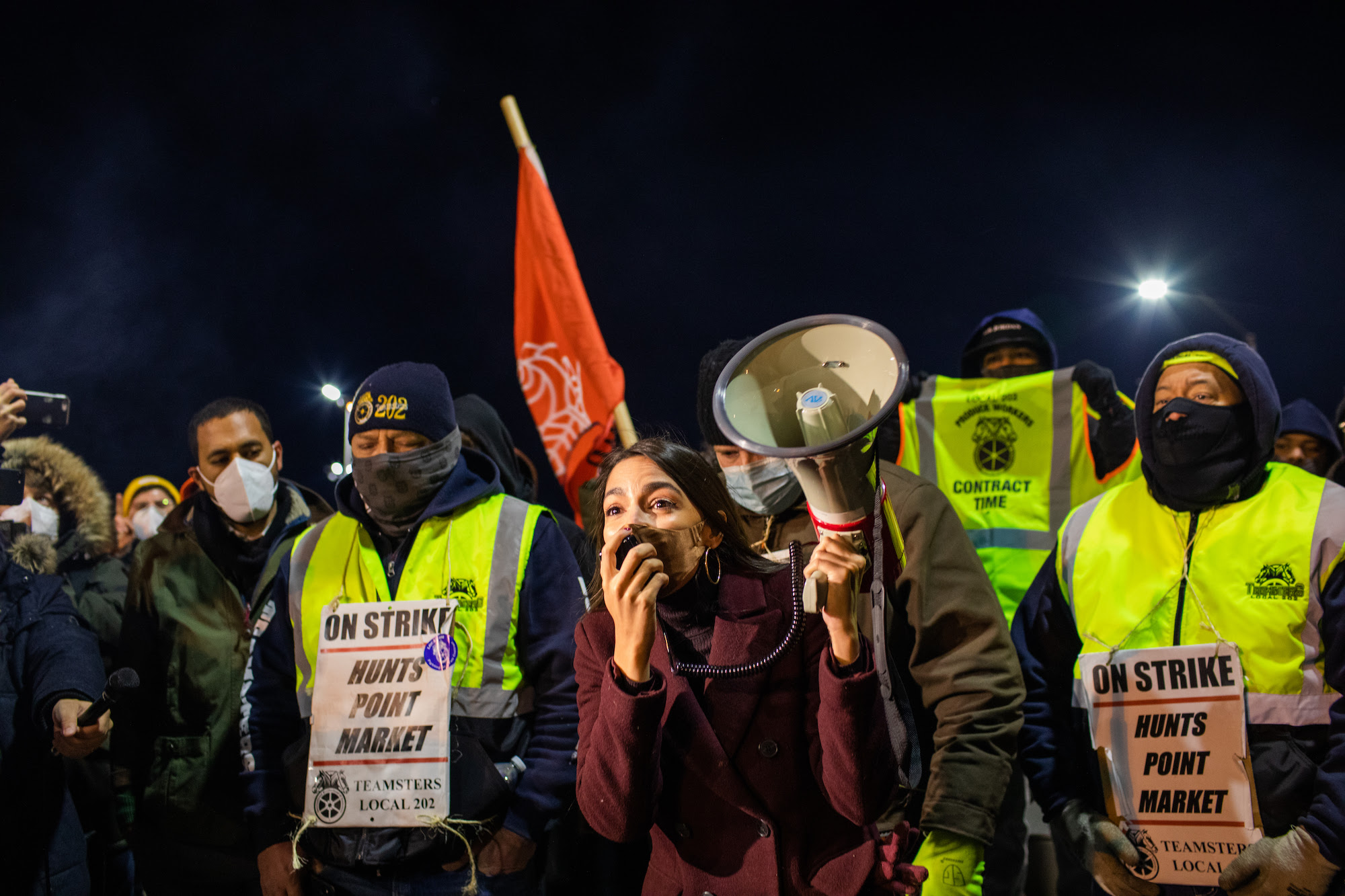
$15.3 Million Awarded in First Round To Accelerate Growth in the Life Science Industry and Combat Infectious Diseases and Other Public Health Threats
Applications and Fund Guidelines Available Here
Applications Also Open for Fourth Round of $15 Million NYFIRST Grant Program To Bring World-Class Translational Researchers to New York State
Governor Kathy Hochul today announced applications are now available for the second round of New York's $40 million Biodefense Commercialization Fund. The Fund, which awarded $15.3 million in grants to eight startups and 10 academic centers in April, was established to accelerate the development and commercialization of life science research innovations that address serious infectious disease health threats while creating jobs and encouraging continued growth across New York State's expanding life science industry.
"Thanks to the $40 million Biodefense Commercialization Fund, New York businesses are applying lessons learned from the COVID-19 pandemic to spark innovation and grow the state's economy," Governor Hochul said. "With this funding, we are leading the fight to combat infectious diseases, bringing significant jobs and investment to New York State, and better preparing for our future. I am thrilled to announce that applications for the second round of funding are now live, and I encourage startups and early-stage companies to seize this opportunity to help grow our state's thriving life science sector."
Empire State Development President, CEO, and Commissioner Hope Knight said, "The state's life science industry is a key driver of New York's economy. The Biodefense Commercialization Fund is playing a critical role in this, not only by turning scientific research conducted across the state into cutting edge treatments and solutions for serious infectious disease threats, but also by expanding the life science ecosystem and growing the economy."
New York State Department of Health Commissioner Dr. Mary T. Bassett said, "Accelerating innovation in life sciences through the Biodefense Commercialization Fund will further enable our state and those on the front lines of public health to identify and respond to serious infectious disease threats. This investment in the expansion of the life science industry once again demonstrates Governor Hochul's commitment to further protecting the public health of all New Yorkers."
Kathryn Wylde, President and CEO of the Partnership for New York City, said, "The second round of the Biodefense Commercialization Fund comes at a critical time in the expansion of New York's life science industry, contributing to the momentum of new startup companies that we have seen during the pandemic. This Program reaffirms New York's leadership in the global innovation economy."
Grants awarded through the Biodefense Commercialization Fund will help bring to market advanced solutions that identify, treat, and prevent serious infectious diseases, encouraging growth across New York's expanding life science industry and positioning the state as a leader in infectious disease resiliency and mitigation. Among the projects being pursued by the initial round of grantees are those focused on the development of antivirals, antibacterials, and potent vaccines; rapid detection of infectious disease threats and biologic toxins; and prevention of infection transmission on surfaces.
Eligible companies that are developing promising diagnostics, vaccines, therapeutics, and other innovations to prevent, treat or mitigate serious infectious disease threats can apply for grants of up to $4 million. New York's academic research institutions also may apply for grants of up to $500,000 to help fast track advanced intellectual property in life sciences. An emphasis will be placed on supporting the development of innovations with the highest potential for commercial viability. The deadline to apply is October 6, 2022 at 5 p.m. EDT. More information can be found online here.
The Biodefense Commercialization Fund is managed by Empire State Development, with guidance from an Executive Committee that includes representatives from New York State's Department of Health, Columbia University, the Mount Sinai School of Medicine, and two venture funds. A panel of experts from the biopharma industry, life science venture community, and academia review, evaluate and provide recommendations to ESD on submitted applications. An important feature of the program is that grantees receive guidance from mentors with experience in the biopharma industry, venture investing, and academia to help ensure their development programs stay on track.
NYFIRST Fourth Application Round Now Open
The fourth round of grants from the New York Fund for Innovation in Research and Scientific Talent (NYFIRST) is now open. The $15 million medical school grant program encourages recruitment and retention of exceptional life science researchers focused on translational research, which builds on basic scientific research to find new ways to diagnose and treat medical conditions. NYFIRST offers grants of up to $1 million.
NYFIRST awards have been made to the following institutions:
- Columbia University Irving Medical Center in New York City
- The Icahn School of Medicine at Mount Sinai, New York City
- The University of Rochester, in Rochester
- The State University of New York, Upstate Medical School, Syracuse
Applications and guidelines are now available on the ESD website and can be accessed here.
New York State's $620 Million Life Science Initiative
New York State enacted a $620 million initiative to spur the growth of a world-class life science research cluster in New York, as well as expand the state's ability to commercialize this research and grow the economy. This multi-faceted initiative includes $320 million for strategic programs that attract new life science technologies to the state, promote critical public and private sector investment in emerging life science fields and create and expand life science-related businesses and employment throughout New York.
The life science sector encompasses the fields of biotechnology, pharmaceuticals, biomedical technologies, life systems technologies, and includes organizations and institutions that devote the majority of their efforts to the various stages of research, development, technology transfer and commercialization. Every day, firms in this sector are developing new medical and pharmaceutical breakthroughs that have the potential to save lives, whether through new therapies or the early detection of diseases like cancer and neurological diseases. These firms are also making significant advancements in the realms of agriculture and environmental biotechnologies, helping create a cleaner and more sustainable future.
By strengthening incentives, investing in facilities, and improving access to talent and expertise, New York will significantly increase its share of industry-funded research and development, support the commercialization of existing academic research, and usher in the next generation of advanced technologies. Beyond the advancements in science, this initiative will position New York as a magnet for emerging manufacturing-based enterprises, bolstering regional economies and creating thousands of jobs. For more information visit the ESD website here.








